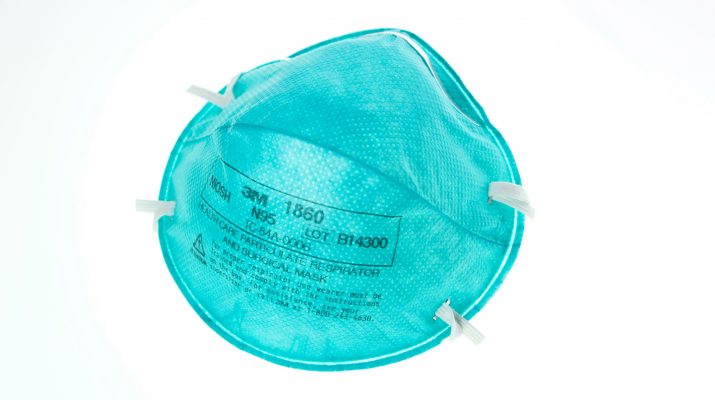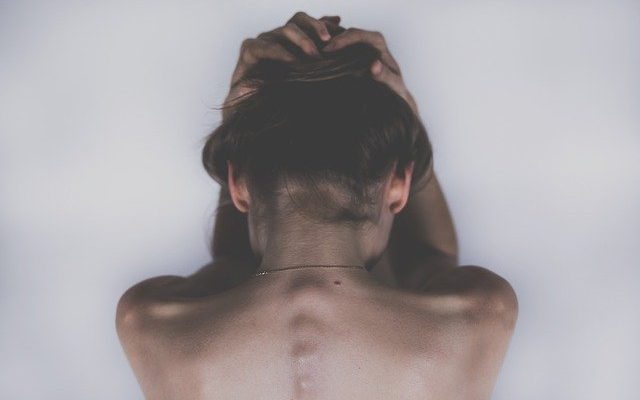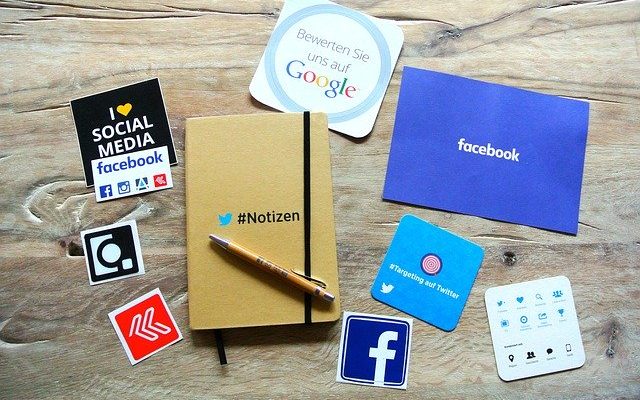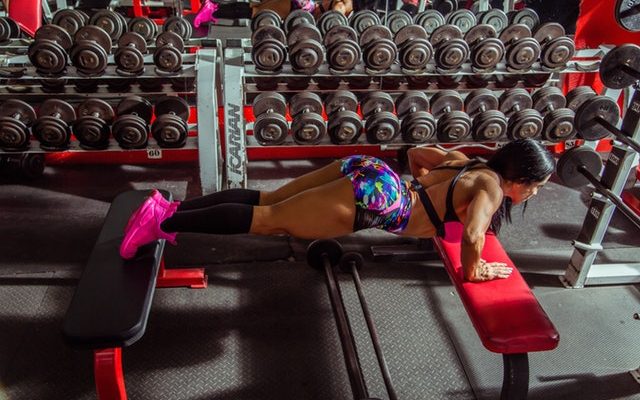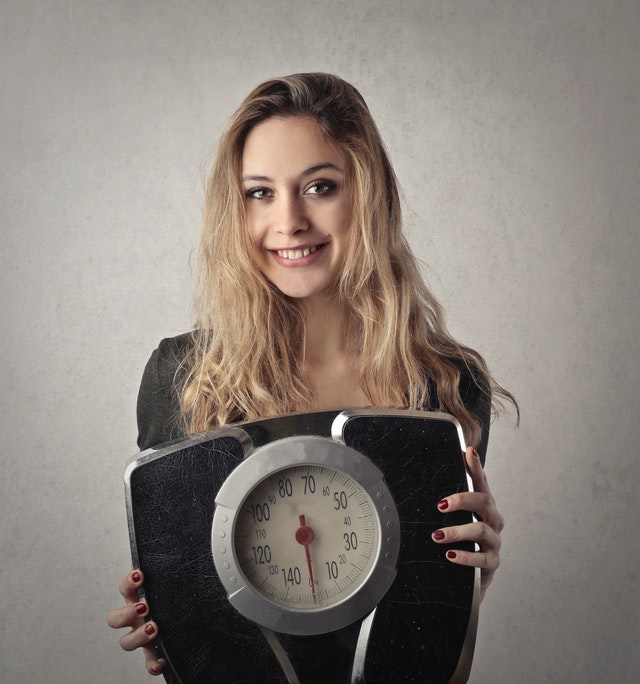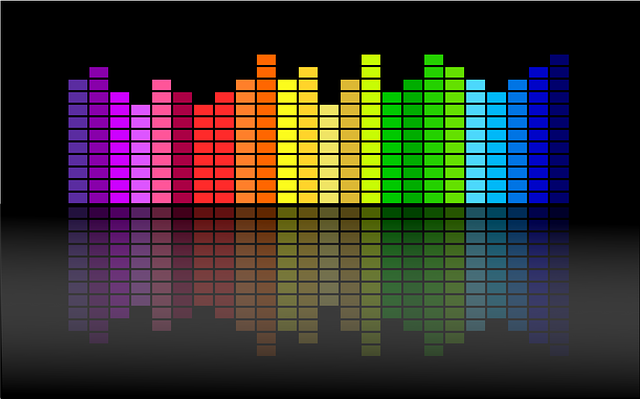We’ve all seen the media images of people wearing a face mask to prevent Coronavirus (COVID19), but does it really work?
Face masks are cheap disposable masks that cover the mouth and nose, wrapping either around the back of the head or behind the ears. The masks are meant to keep you from breathing in the virus. The World Health Organization recommends masks that meet the FFP3 standard to prevent the spread of Influenza strains, like COVID19. So, let’s discuss some of the salient features of FFP3 Respiratory Masks.
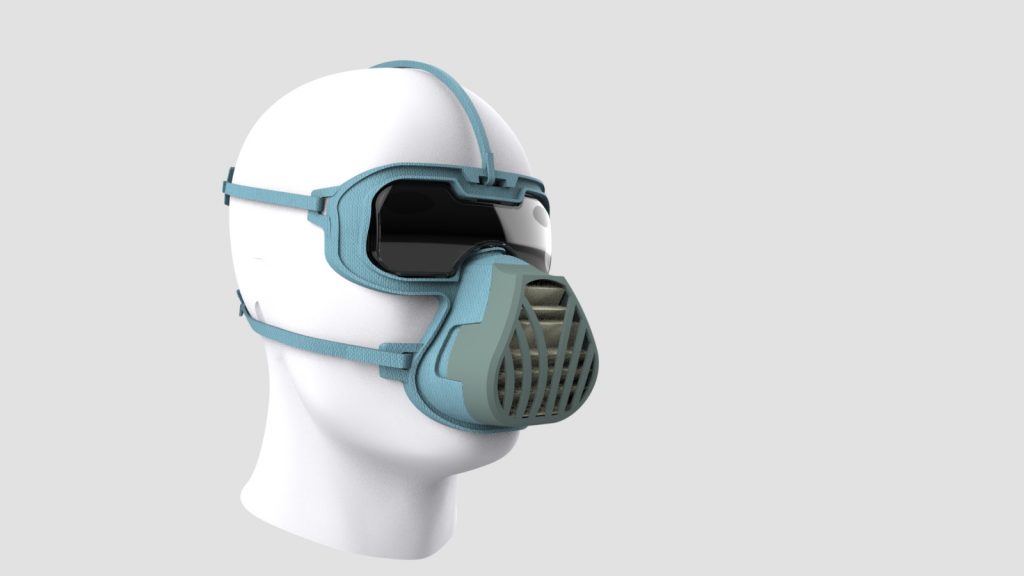
What is an FFP3 Particle Respirator?
FFP3 particle respirators are filtering masks. There are three classes of filtration respirators FFP1, FFP2 & FFP3. FFP3 has the highest filtration of these three classes with a factor of 20 double that of the FFP2 which has a factor of 10 which is double that of FFP1 which has a factor of only 5.
How can FFP3 masks protect us from Coronavirus (COVID19)?
COVID19 is a Virus that is carried and transmitted via droplets, usually mucus and is considered a particulate hazard. Therefore it can be efficiently filtered using a particulate respirator such as a disposable FFP3 Mask.
What is the difference between an FFP3 particulate respirator and a surgical mask?
FFP3 class disposable particulate respirators are tested and approved and as such offer the highest level of protection available from this type of device. When worn correctly they are expected to reduce exposure by a factor of 20. These respirators are considered to be PPE (Personal Protective Equipment).
A surgical mask is designed to prevent the wearer from expelling particles into the environment but are of no use in preventing the wearer inhaling particles because they are not designed to seal tightly around the face and are not made from specialist filtering materials.
Who can wear FFP3 masks?
Most people can wear these masks but these masks must be fitted correctly and should be tight against the skin with no spaces. Because of this, they may not give adequate protection to small children. The wearer must also be clean-shaven as viruses could be caught in facial hair.
How long can a mask be worn?
Masks should not be worn for more than 8 hours. When removing a mask be sure to dispose of immediately and wash hands before touching your face or others.
The WHO says that wearing a mask couldn’t hurt, and there are some benefits. If you should happen to be sneezed or coughed upon, it will prevent a lot of foreign matter from going into your nose and mouth. It will also perform the same function should you cough or sneeze. And while most masks are cheap disposables, they do provide some extra peace of mind. This peace of mind should not, however, prevent you from using more effective means of preventing coronavirus. Washing your hands frequently and getting plenty of rest with a healthy diet will also help to prevent the coronavirus.
I hope you found this article useful and informative. If you have any queries, feel free to leave your thoughts and opinions in the comment section below. And, if you want to find out more details about the different types of masks available to prevent the spread of COVID19 please visit www.masksandgears.com

